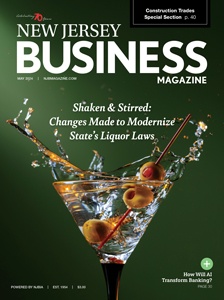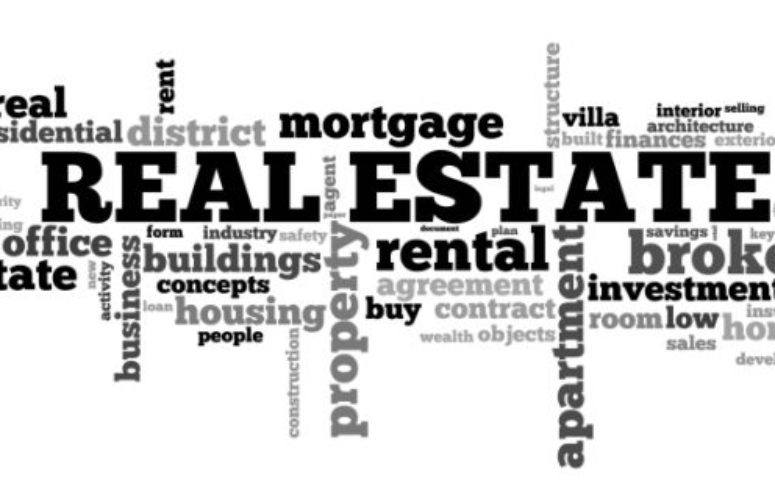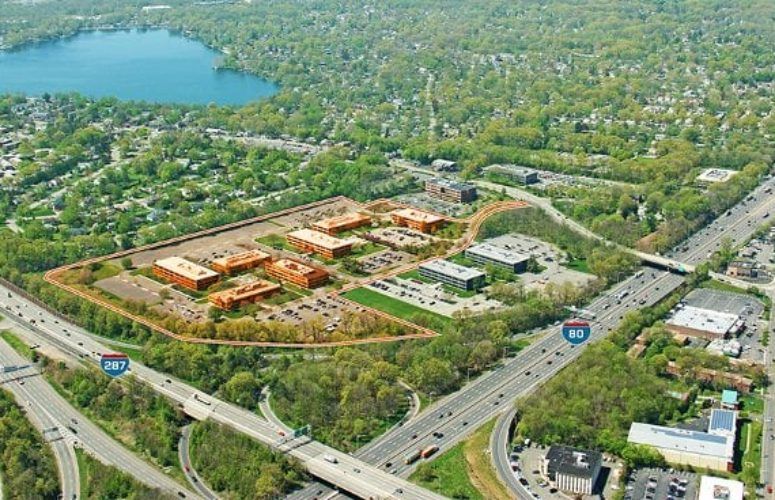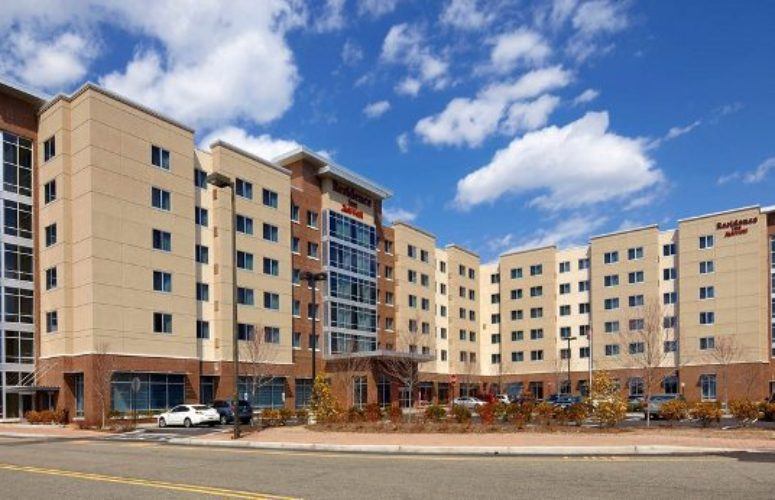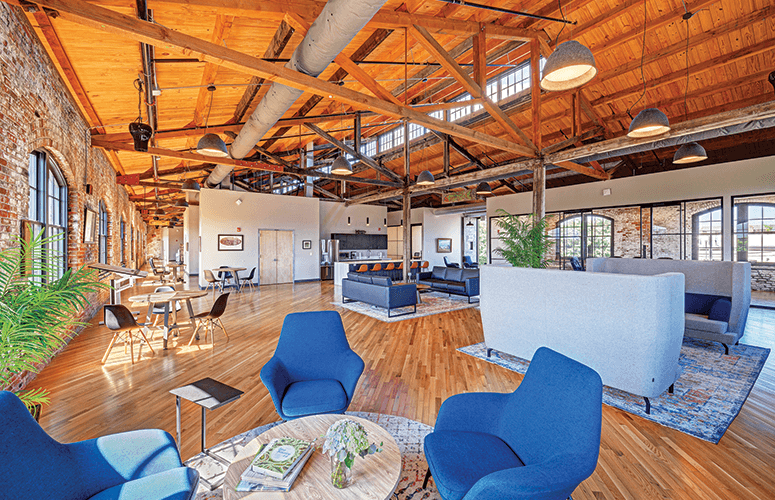
Stranded Assets Pose Challenges and Opportunities
The rebirth of renovated commercial properties is a continuing trend in our current economy.
By Irene Maslowski, Contributing Writer On Apr 5, 2024New Jersey faces an abundance of stranded – and often distressed – commercial real estate properties, both in major cities and suburban communities. The transformation of how business is conducted – e-commerce, demands of the market, inflation, economies, and the post-COVID era – have left a blight of aging, obsolete properties that languish, creating an eyesore and generating financial and tax issues.
The work-at-home movement, which had been growing and gained further momentum during the COVID pandemic, increased vacancies of office buildings, particularly those from the 1980s and 1990s, that are no longer practical in their current state. Other forces at work add to this dynamic. Banks and retailers have reevaluated their physical footprint by shuttering locations, accelerating a rising trend. Concerns about the environment and sustainability, and how to revitalize older properties to fit within essential new guidelines, are an issue, generating the trajectory of where commercial real estate is headed.
Some properties may be adaptable, but many are not, and challenges exist in transforming stagnating eyesores into new uses. However, there are opportunities to revitalize some of these structures to create vibrant work and living spaces.
While COVID has been a major contributor to the present landscape of stranded assets, it is not the only reason, according to Eugene Diaz, principal of Prism Capital Partners in Nutley.
“There’s been a growing paradigm shift which started before the pandemic and will continue in its progression,” Diaz says. “The change is secular rather than cyclical and driven by technology and changing social norms around work/life balance.” To address these changes, companies are seeking office environments that provide better amenities – access to dining, gyms, shops – and [they] need to have those amenities available [onsite] or work in a location that offers them [near] their outside surroundings. Convenience of lifestyle is paramount, and we see this in downtown business communities that are thriving, such as Morristown and Summit, where workers can access these conveniences by simply stepping out the door.”
Diaz points out that while not all older office buildings can be redesigned to fit these aspirations, there are examples of structures that have successfully gone through the revitalization process. In addition to office properties, shopping malls have been adversely impacted by these secular changes and we can see where redevelopment is bringing new life to aging facilities with what he terms as a “3-ingredient cocktail” – home, work, and retail – where tenants have easy accessibility to these conveniences all in one place. The Westfield Garden State Mall in Paramus, one of the first malls in New Jersey built in 1957, exemplifies this new concept when, in 2027, it will transform into a town center with luxury residences and green space that will complement and integrate with its existing retail and dining options.
Many of the commercial office buildings of the mid-to-late 20th century have larger footprints that are difficult and sometimes impossible to convert to other uses, especially residential. Because these floor plates are so large and have so much interior space far from windows, conversion to residential uses is inefficient, with a lot of wasted space, according to John Hatch, principal of Clarke Caton Hintz, an architecture and planning firm in Trenton. “There are many older buildings, especially earlier office and industrial buildings, that are ideal candidates for re-use, either for office or extraordinary residential use. Taking advantage of the original architecture and features means that some of these older properties can be transformed into wonderful livable, sustainable environments resulting in a renewed and vibrant use.”
An example of this is in Trenton, where there is a plethora of older historic properties that offer good opportunities for reuse and have the character that people love, Hatch points out. Roebling Lofts in Trenton, one of Clarke Caton Hintz’s projects, demonstrates the successful conversion of a long-vacant early-1900s industrial building, into 138-loft apartments with a variety of amenity space. John A. Roebling and Sons Company, whose founder was the designer of the Brooklyn Bridge, originally used the Roebling Lofts building to manufacture small diameter wire rope used for steering early airplanes. The building was underutilized since the 1970s, and the factory sat vacant for at least 10 years. Today, the project preserves and restores the character of the building, including its historic exterior masonry. Because of the relatively narrow building footprint, the very tall ceilings, the enormous windows and skylights and the exposed structure, the building is ideal for residential lofts.
“It is critical for municipalities, developers, and owners to work together to develop solutions for these stranded assets,” comments Dan Kennedy, CEO of the New Jersey Chapter of NAIOP, an organization that provides advocacy, education, research, and connections to foster business opportunities for its members involved in all facets of commercial real estate. “Without a coordinated and sustained effort, these aging buildings and communities will continue to deteriorate, and commercial property owners may have no other option, but to begin the tax appeal process, placing the burden on residential taxpayers.”
There are limited support programs for owners facing the current situation, according to Kennedy, such as the New Jersey Economic Development Authority’s recently established $25 million Stranded Assets Repositioning Investment Program. This program and associated policy guidance are intended to help owners of stranded assets, creating a resource for communities to redevelop properties into viable real estate and bolster tax revenues. NAIOP hopes to offer added support through its own advocacy, resources and programs.
There are some signs that may indicate the increasing desirability of New Jersey as a business location. Many commercial property owners and individuals, who left New York City during COVID, have continued to stay here, which is a positive sign. Developers and owners of heavy industrial properties with environmental challenges have redeveloped and repurposed these assets for warehouse, distribution, and logistics uses. Current issues on the horizon, such as New York City’s congestion pricing, will be a major cost and will likely push other businesses and individuals to consider relocating their offices to the urban centers and suburbs of the Garden State.
“At NAIOP, we look at the challenges and then determine the best way to find a solution for not only our members, but for the betterment of New Jersey,” Kennedy concludes. “We need to do this by playing chess – not checkers. Short-sighted, politically motivated moves need to be avoided. Municipalities, owners, and developers must work together to find the most valuable solution for both today and the future.”
To access more business news, visit NJB News Now.
Related Articles:

